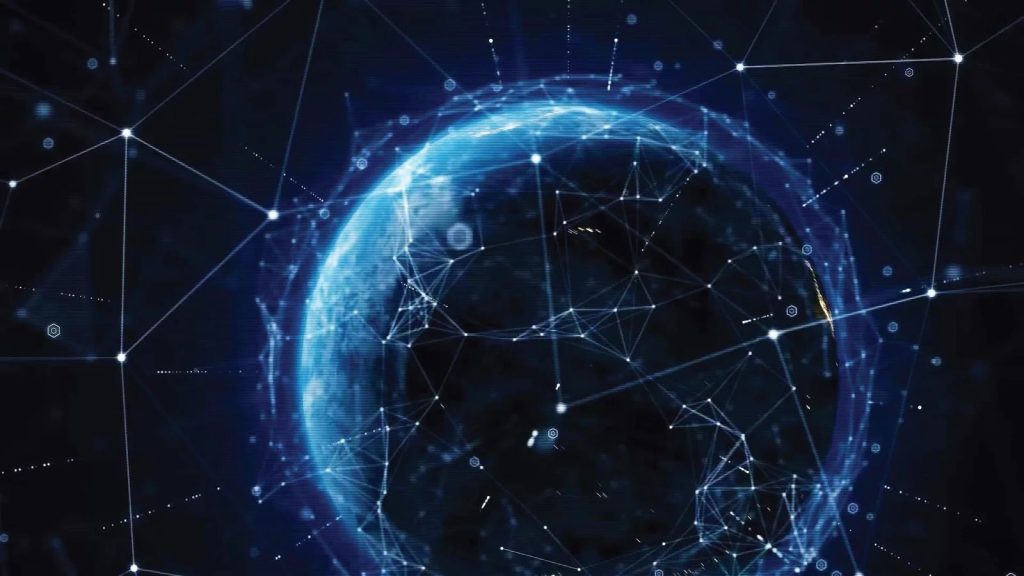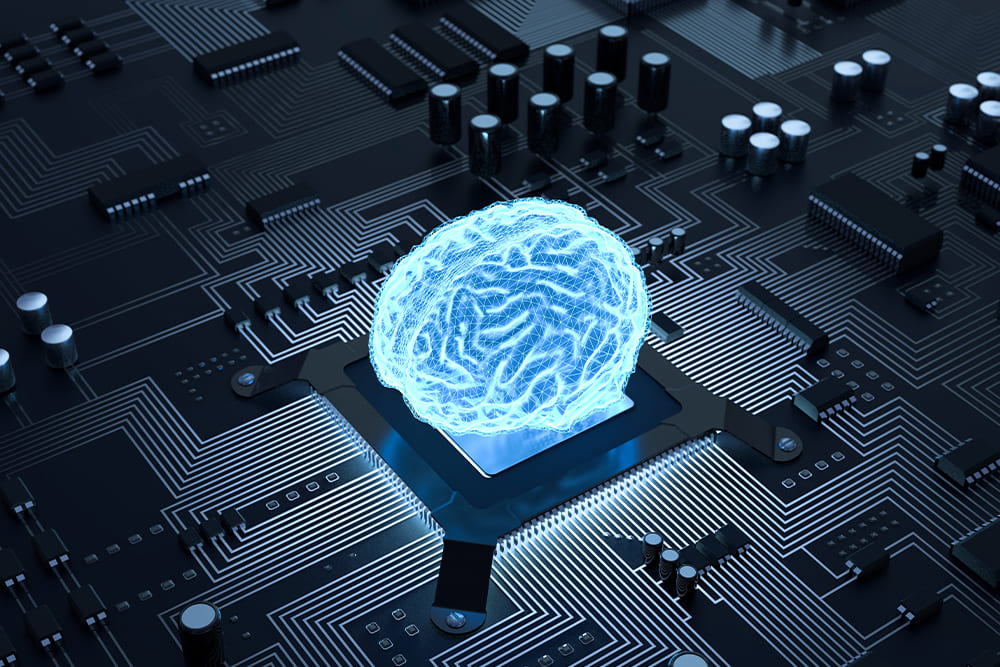Art has always been a reflection of human creativity and imagination. From the cave paintings of our ancient ancestors to the masterpieces of the Renaissance, artists have used various mediums to convey their ideas and emotions. However, in recent years, there has been a significant shift in the way art is created and appreciated, thanks to the integration of Artificial Intelligence (AI) into the art world. This blog post explores how AI is revolutionizing the art scene, from generating new forms of art to enhancing the creative process for human artists.
The Rise of AI-Generated Art

One of the most intriguing developments in the art world is the emergence of AI-generated art. Machine learning algorithms and neural networks have been trained on vast datasets of artwork, enabling them to generate original pieces of art autonomously. These AI-generated artworks have garnered both praise and criticism, raising questions about the role of the artist and the authenticity of the creative process.
AI-generated art challenges traditional notions of authorship. While the algorithms themselves lack consciousness and intentionality, they produce art that is visually striking and conceptually intriguing. Artists, critics, and collectors are grappling with the idea that creativity can be algorithmically replicated, blurring the lines between human and machine artistry.
Collaborations between Humans and AI
Rather than replacing human artists, AI is often used as a tool to augment their creative abilities. Many artists are embracing AI as a collaborator, using it to explore new possibilities and push the boundaries of their artistic practice. For instance, some painters employ AI algorithms to generate intricate patterns or color schemes, which they then incorporate into their traditional paintings. This fusion of human creativity and AI-driven innovation leads to exciting and unique artworks that would be challenging to achieve solely by human means.
Enhancing the Creative Process

AI has also become a valuable resource for artists seeking inspiration and guidance. Creative blockages are common among artists, and AI can provide a fresh perspective. AI-powered tools can analyze vast art history databases, recommend techniques, suggest color palettes, or even generate initial sketches based on an artist’s preferences. These AI-driven suggestions act as a catalyst for creativity, helping artists overcome creative ruts and experiment with new ideas.
Personalized Art Experiences
AI has transformed the way we experience art as well. Museums and galleries are using AI-driven applications to offer personalized art experiences to visitors. These applications use facial recognition technology to analyze a person’s emotions and preferences and recommend artworks that align with their mood and interests. This customization enhances the visitor’s engagement with art, making the experience more meaningful and enjoyable.
Ethical Considerations
While AI’s impact on the art world is undeniably fascinating, it also raises ethical concerns. Questions about copyright, ownership, and the devaluation of human creativity are hotly debated. As AI-generated art becomes more prevalent, legal frameworks and ethical guidelines must adapt to address these issues. Additionally, there is an ongoing discussion about transparency, as viewers may want to know if a piece of art was created entirely by an AI algorithm or in collaboration with a human artist. In conclusion, AI is reshaping the art world in profound ways, challenging conventional notions of artistry, and offering new possibilities for artists and art enthusiasts alike. Whether it’s generating entirely new forms of art, collaborating with human artists, or enhancing the creative process, AI is a powerful tool that is changing the landscape of art. As AI continues to evolve, it will be fascinating to see how artists and society at large navigate the ever-evolving relationship between technology and creativity.


Leave a Reply